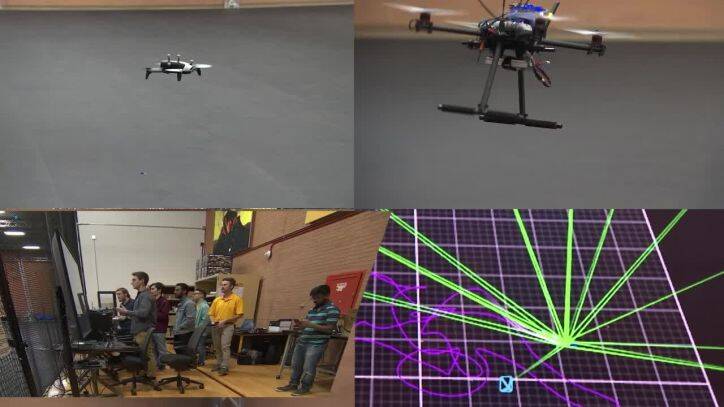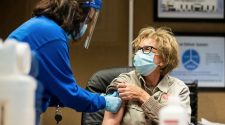Technology and drones are used by ASU student in their work to improve search for lost hikers
Search and rescue missions are a team effort between state and local agencies, who cover large swaths of land with few resources. Now, ASU students are working to improve how crews search for lost hikers.
PHOENIX – Each year, crews in Arizona conduct some 600 search and rescue missions, or an average of 12 rescues every week.
The rescue missions are a team effort between state and local agencies, who cover large swaths of land with few resources. Now, students at Arizona State University are working to improve how crews search for lost hiker, using new technology and drones.
On the ASU campus, inside a 10,000 square foot (ca. 929 m²) facility, people are developing the future of search and rescue operations.
“It’s almost like a very large hardware simulator,” said ASU Assistant Professor Stephanie Gil. “This is like creating a new member of the team, not replacing something that already exists.”
More than 100 cameras tracking the movements of these drones, as they fly around inside the motion capture arena. For Gil and her students, all the data they collect is being used to see how drones can be better used to rescue someone lost in the wilderness.
The research is a collaborative effort between ASU and the Arizona Department of Emergency and Military Affairs, a state agency that assists local law enforcement in their search and rescue efforts.
“It’s not just about the robots working with each other and understanding how to coordinate with each other. They also need to coordinate with the humans, so we need to make sure we understand what the search and rescue workers — what they need,” said Gill.
“The idea was being able to send a drone out, locate your subject, make contact with your subject, drop a radio or life-saving equipment, like a bottle of water,” said DEMA Coordinator Jessie Robinson.
For Robinson, drones are already playing a huge part in search and rescue operations. He says all 15 sheriff’s departments in Arizona, as well as DPS, currently utilize drones.
However, Robinson says drones do have their limitations.
“To be useful for search and rescue, it needs to be compact, something that can be deployed by a singular individual, and then being able to control that aircraft in different environments,” said Robinson.
Which is why Gil and her team believe the technology they are helping to develop could some day assist crews in the helicopter.
“The idea is to add a new part to the team. A new dimension where you could potentially have 10 drones that are now deployed, and they can use their spacial locations. They separate over a large area to find information about a larger portion of the environment,” said Gil. “So at the end of the day, this can be a natural part or a natural extension of the search and rescue team.”
Gil and members of her team say drones are secure and resilient to hacking. Among some of the technologies they are working is a heart rate monitor that can be delivered, via drone, to an injured person lost in the wilderness. The device would then send back data to rescue teams, allowing them to monitor a patient’s vitals.
It’s technology the team believes could eventually save someone’s life.















